Introduction.
In today’s rapidly evolving Internet of Things (IoT) landscape, the ability to efficiently process and respond to data generated by connected devices is critical for building smart applications and services. Amazon Web Services (AWS) provides a comprehensive suite of tools that allow developers to build scalable, secure, and responsive IoT solutions. One of the most powerful and widely used combinations in this toolkit is AWS IoT Core integrated with AWS Lambda. Together, they enable serverless, real-time data processing without the need to manage infrastructure manually.
AWS IoT Core is a managed cloud service that lets connected devices easily and securely interact with cloud applications and other devices. It supports millions of devices and billions of messages, and it routes those messages to AWS endpoints and other devices reliably and securely. Lambda, on the other hand, is AWS’s event-driven compute service that lets you run code in response to triggers without provisioning or managing servers. Integrating AWS IoT Core with AWS Lambda allows developers to automatically process incoming messages from IoT devices using serverless functions, which can filter, transform, route, and store data in real-time.
The core idea is simple yet powerful: devices send messages to AWS IoT Core over MQTT, HTTP, or WebSockets. Once received, these messages are evaluated against rules defined in AWS IoT Rules Engine. If a rule condition is met, the message is passed to the target action, such as invoking a Lambda function. This process is entirely managed, scalable, and secure, making it ideal for handling high volumes of device messages with minimal operational overhead.
To implement this setup, a few foundational steps are required. First, you define your IoT devices in AWS, known as “Things,” and securely connect them using X.509 certificates. Next, you create a Lambda function that contains your logic for processing messages — for example, filtering data, storing records in DynamoDB, or sending alerts via SNS. Then, using the AWS IoT Rules Engine, you create a rule that listens to a specific MQTT topic and triggers the Lambda function when a message arrives on that topic. Permissions are handled via AWS Identity and Access Management (IAM), ensuring secure interaction between IoT Core and Lambda.
One major advantage of using Lambda is its scalability and pay-per-use model, which means you only pay for the compute time your function uses, making it highly cost-effective for IoT workloads that can be spiky or unpredictable. Furthermore, since Lambda supports multiple languages like Python, Node.js, Java, and others, developers have the flexibility to write processing logic in the language of their choice.
Monitoring and debugging are streamlined through AWS CloudWatch, where logs and metrics provide visibility into both the IoT messages and Lambda executions. This integration enables rapid development cycles and fast troubleshooting. Moreover, Lambda functions can be connected downstream to a variety of AWS services like S3, DynamoDB, SNS, SQS, and more, enabling powerful IoT workflows without managing any servers.
In summary, using AWS Lambda to handle AWS IoT messages allows developers to build highly responsive, serverless applications that can scale with demand and respond in real time to events from connected devices. This integration is ideal for smart home systems, industrial monitoring, agriculture tech, logistics, and many other IoT domains. It reduces complexity, enhances security, and accelerates development by letting AWS manage the underlying infrastructure, freeing developers to focus on creating innovative solutions.
Step 1: Set Up Your AWS IoT Thing
- Go to AWS IoT Core Console.
- Create a Thing (represents your device):
- Navigate to Manage > Things.
- Click Create Things.
- Choose Create a single thing or Create many things.
- Give it a name (e.g.,
MyIoTDevice), and optionally define type and groups.
- Generate Certificates for authentication.
- Download the certificate, private key, and Amazon root CA.
- Attach a Policy that allows the device to connect, publish, subscribe, etc.

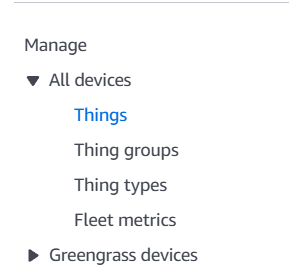
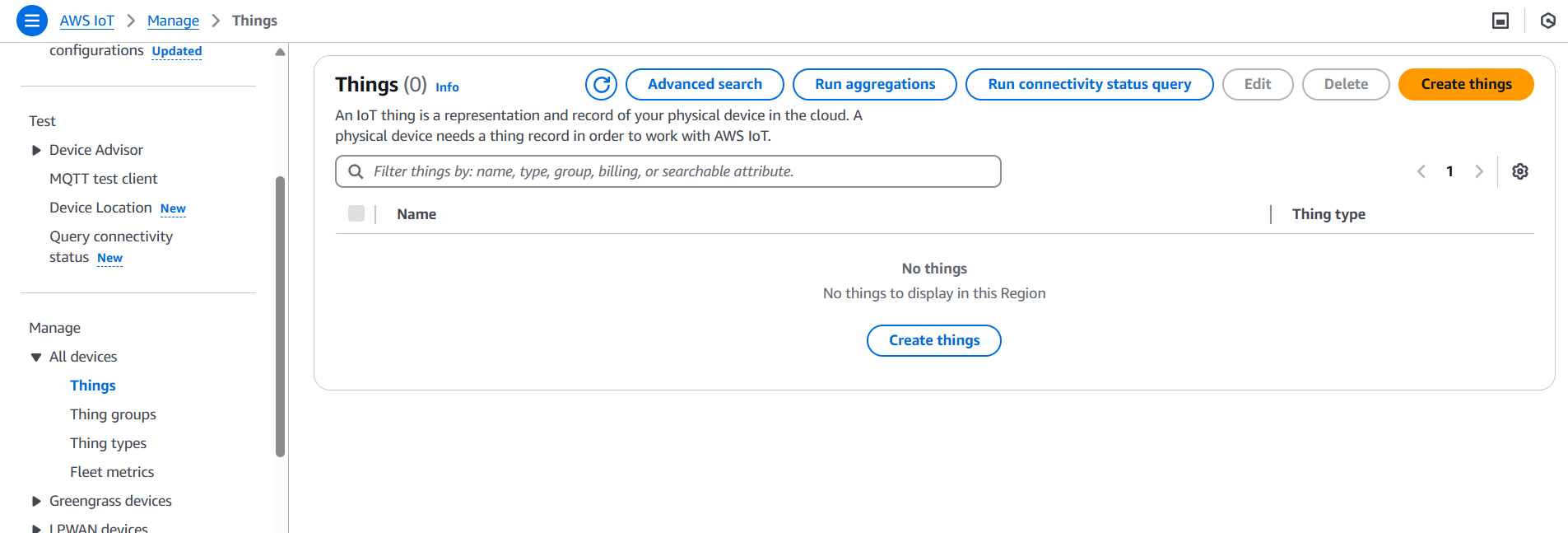

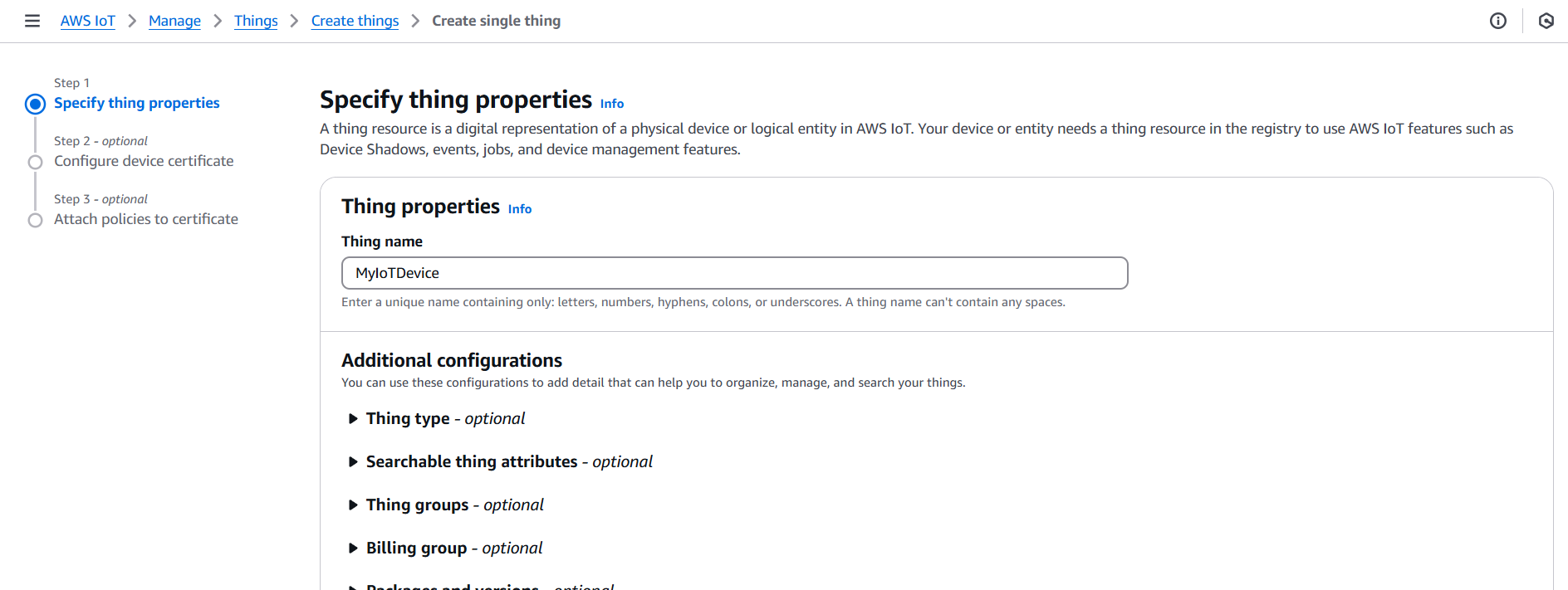

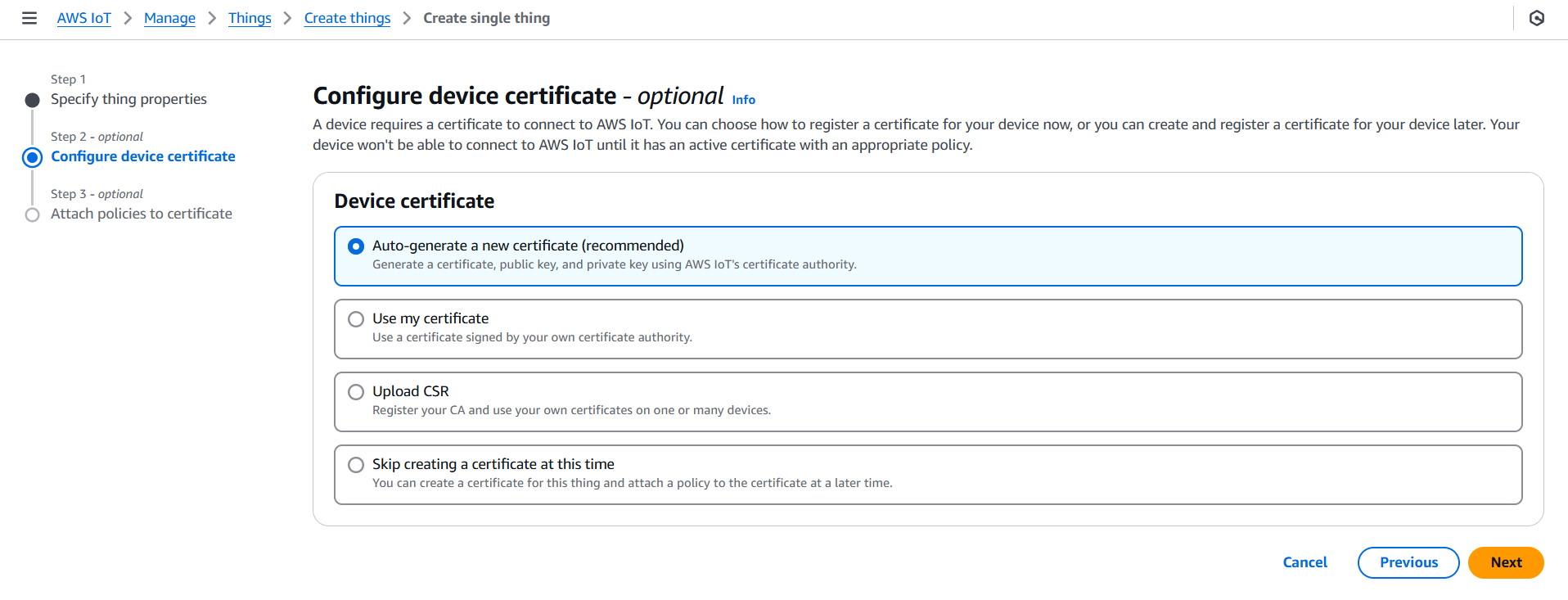
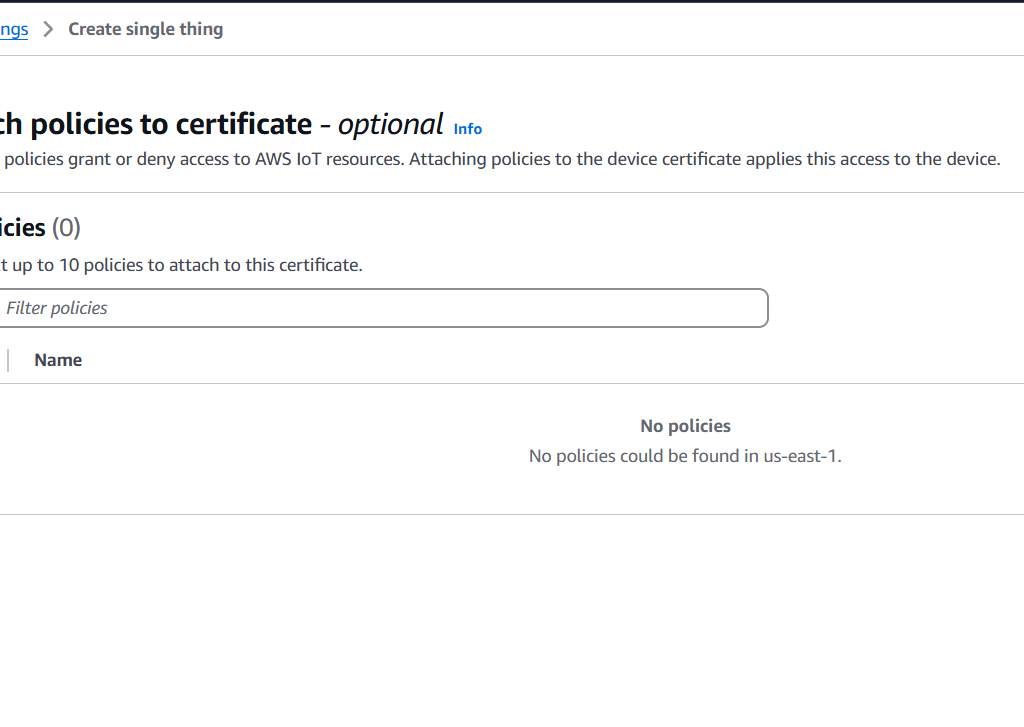
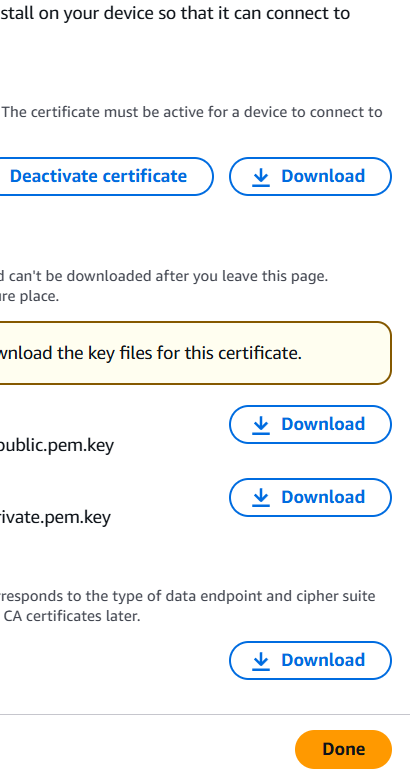

Step 2: Create an AWS Lambda Function
- Go to the AWS Lambda Console.
- Click Create function.
- Choose:
- Author from scratch
- Function name (e.g.,
ProcessIoTMessage) - Runtime (e.g., Python, Node.js)
- Click Create function.

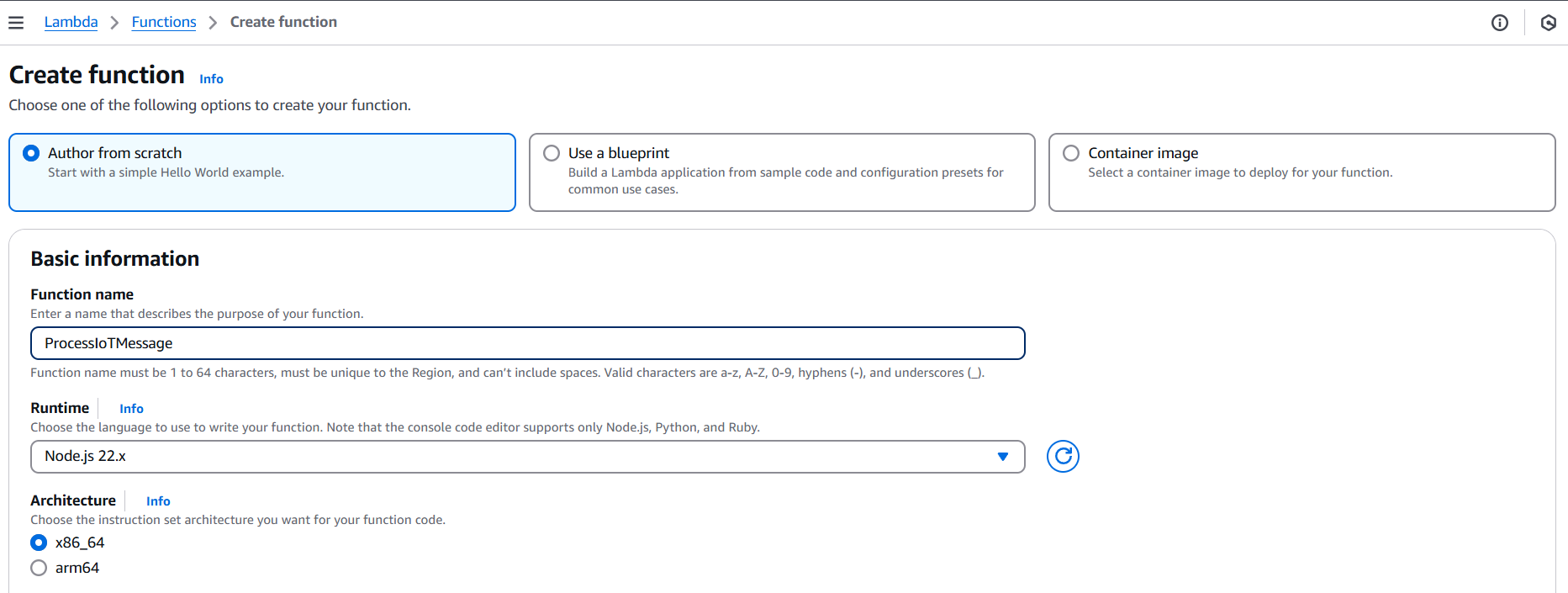
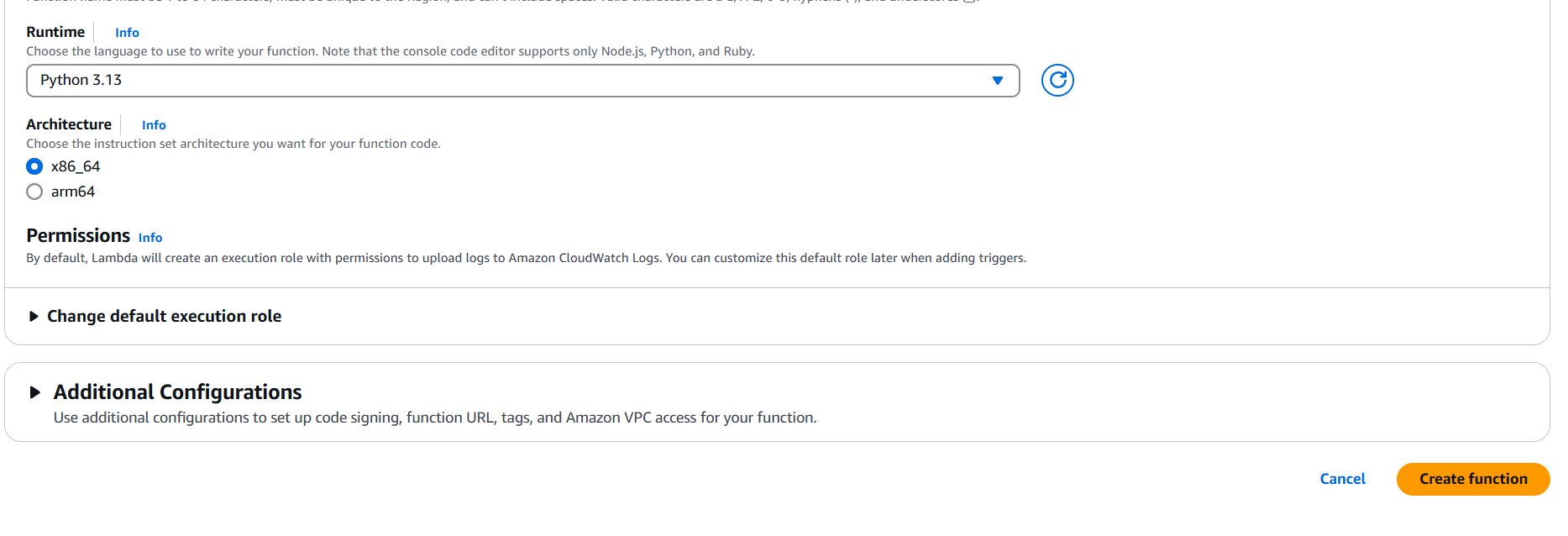
Add basic handler code, for example (Python):
def lambda_handler(event, context):
print("Received event: ", event)
return {
'statusCode': 200,
'body': 'Message processed.'
}Step 3: Add Permission for AWS IoT to Invoke Lambda
AWS IoT needs permission to invoke the Lambda function.
- Go to the Lambda function > Configuration > Permissions.
- Edit the execution role to include AWS IoT permissions:
{
"Effect": "Allow",
"Action": "lambda:InvokeFunction",
"Resource": "arn:aws:lambda:<region>:<account-id>:function:ProcessIoTMessage"
}Or let AWS IoT automatically create the permission in the next step.
Step 4: Create an AWS IoT Rule
This defines how incoming messages are routed.
- Go to AWS IoT Core > Act > Rules.
- Click Create a rule.
- Configure:
- Name: e.g.,
InvokeLambdaRule - SQL Statement:
- Name: e.g.,
SELECT * FROM 'iot/topic'- Replace
'iot/topic'with the actual topic you publish to.
- Set action → Choose Lambda Function.
- Select the Lambda function you created.
- AWS will prompt you to grant IoT permission to invoke Lambda – accept it.
- Click Create rule.

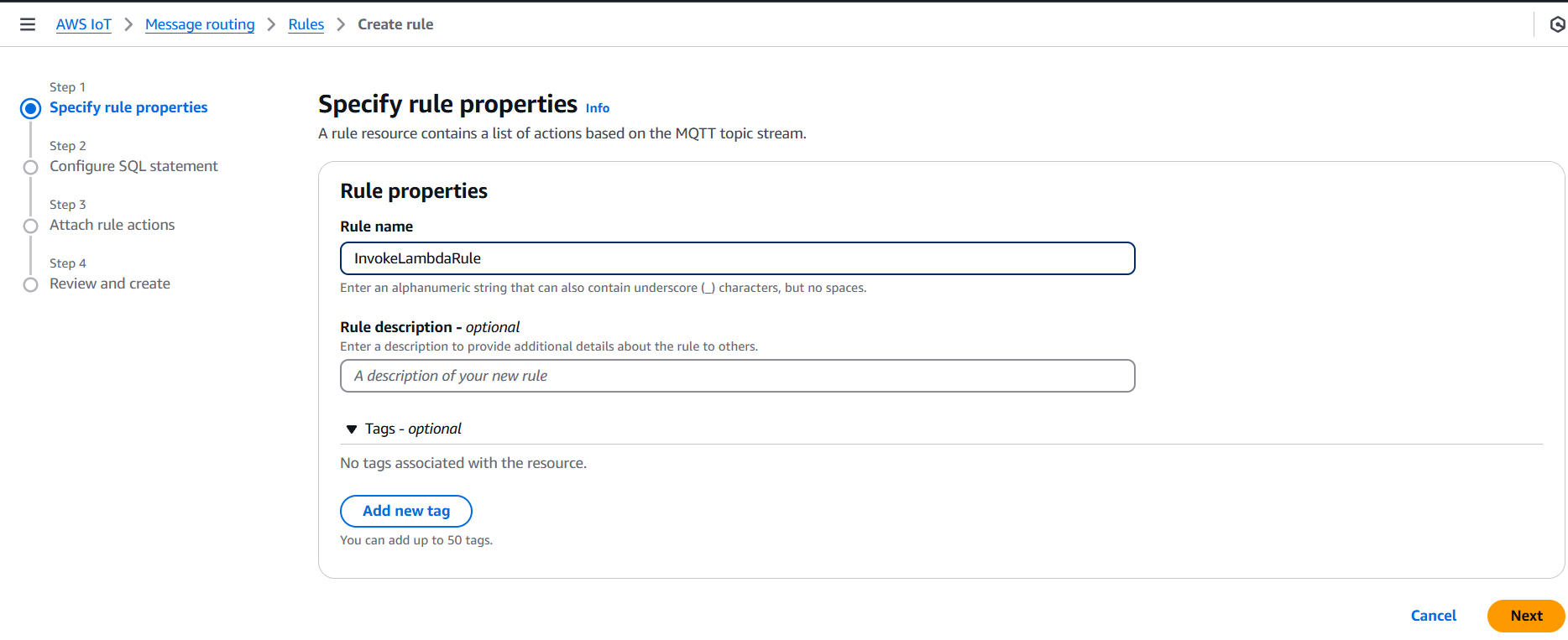
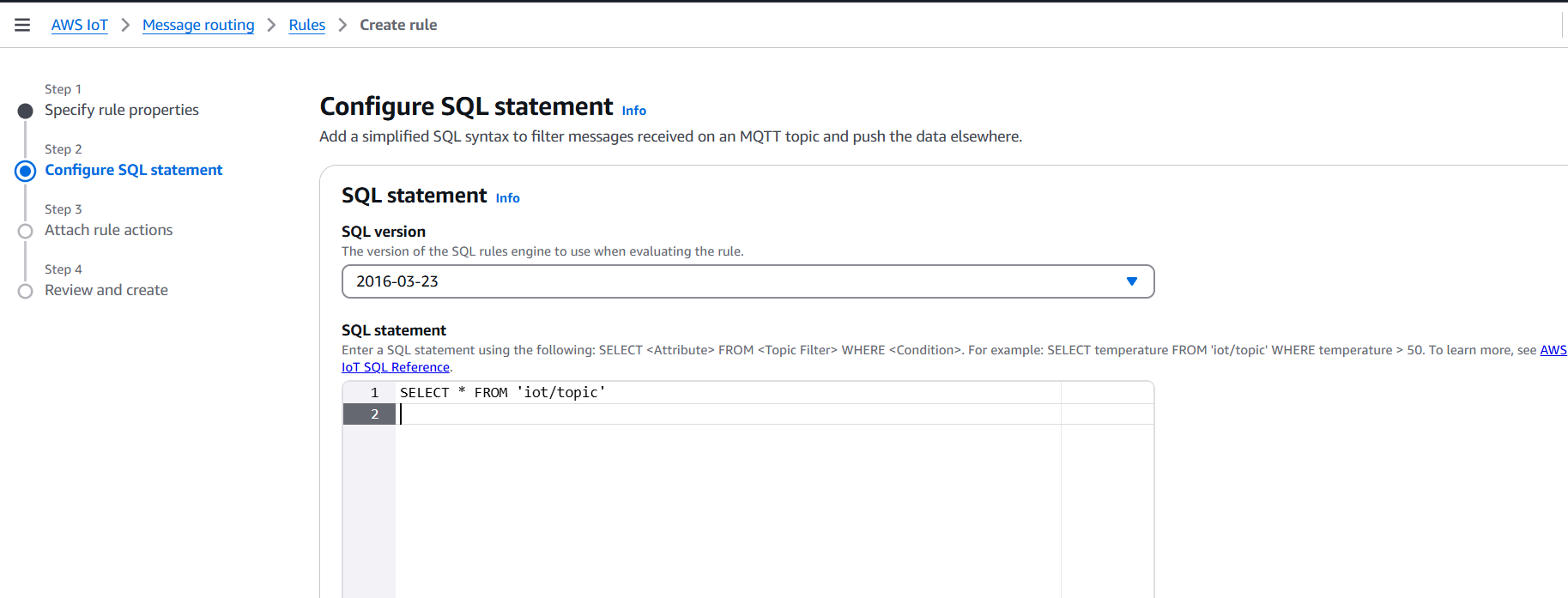
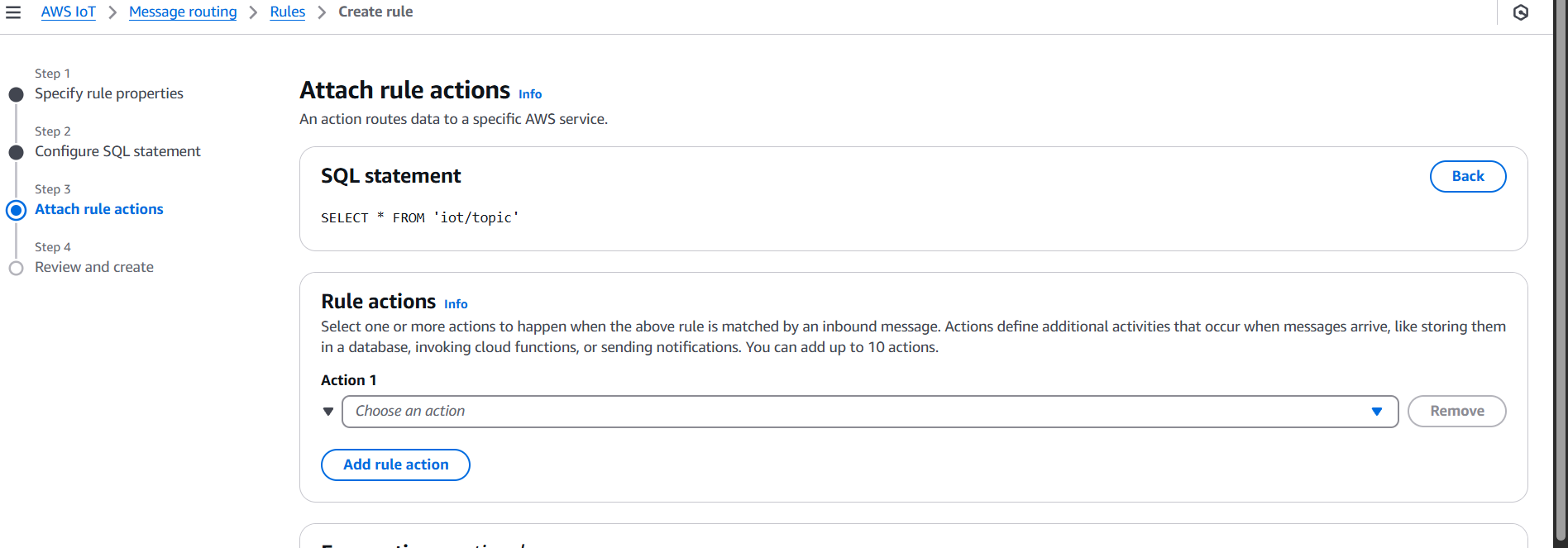
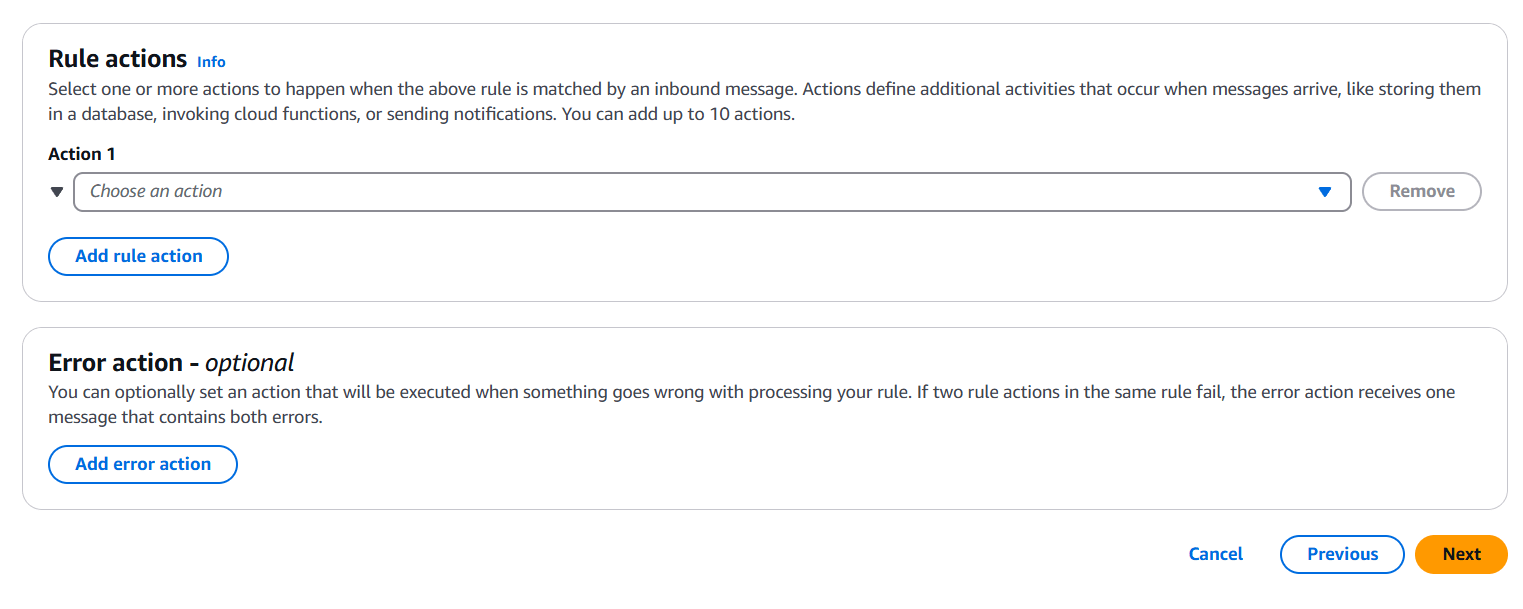
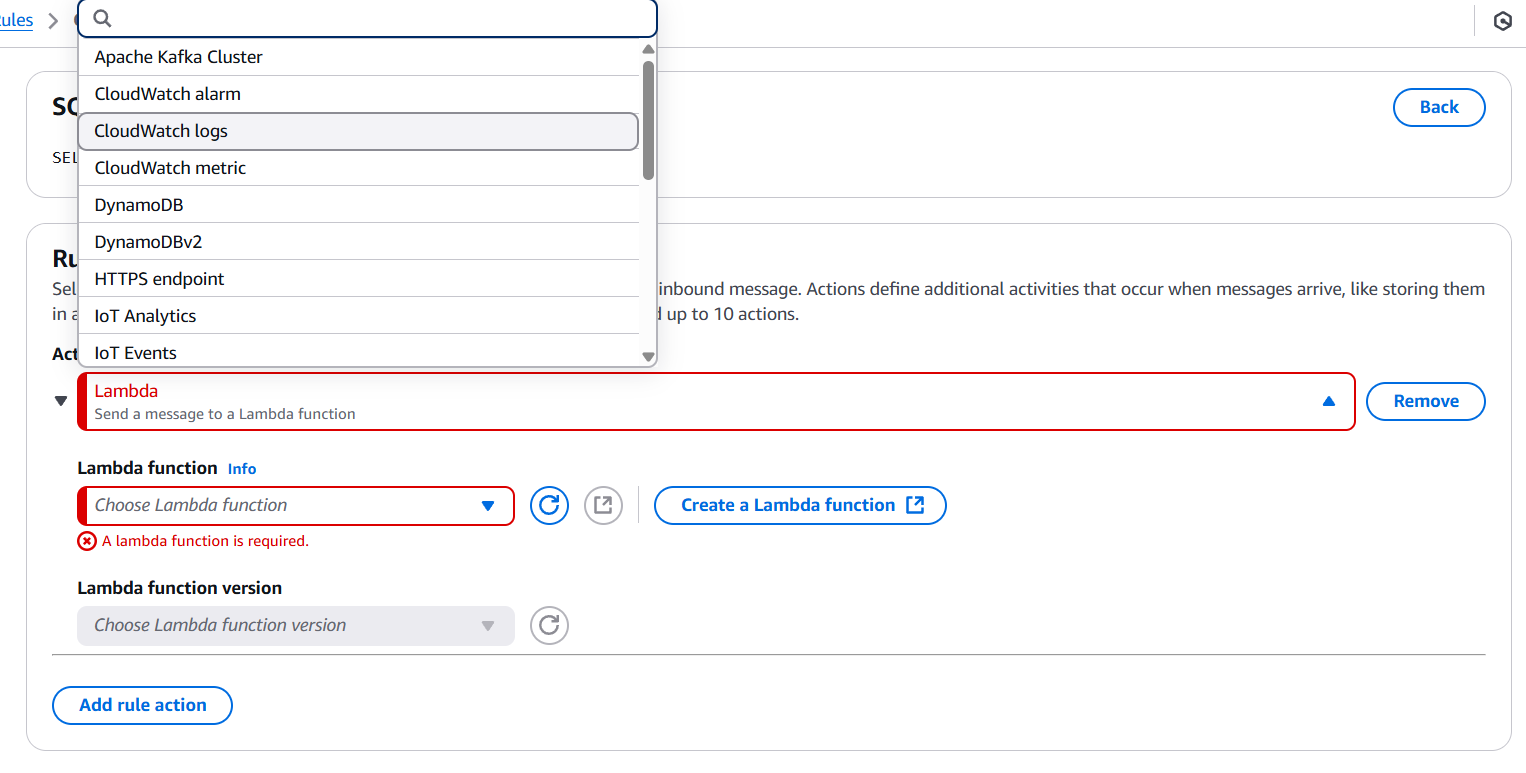
Step 5: Test the Setup
- Publish a message to the topic via MQTT test client in AWS:
- Go to AWS IoT Core > MQTT Test Client.
- Choose “Publish to a topic”.
- Enter the topic (e.g.,
iot/topic). - Enter a test payload: jsonCopyEdit
{ "temperature": 25, "humidity": 50 } - Click Publish.

- Check CloudWatch Logs for Lambda execution:
- Go to CloudWatch > Logs > Log groups > /aws/lambda/ProcessIoTMessage.
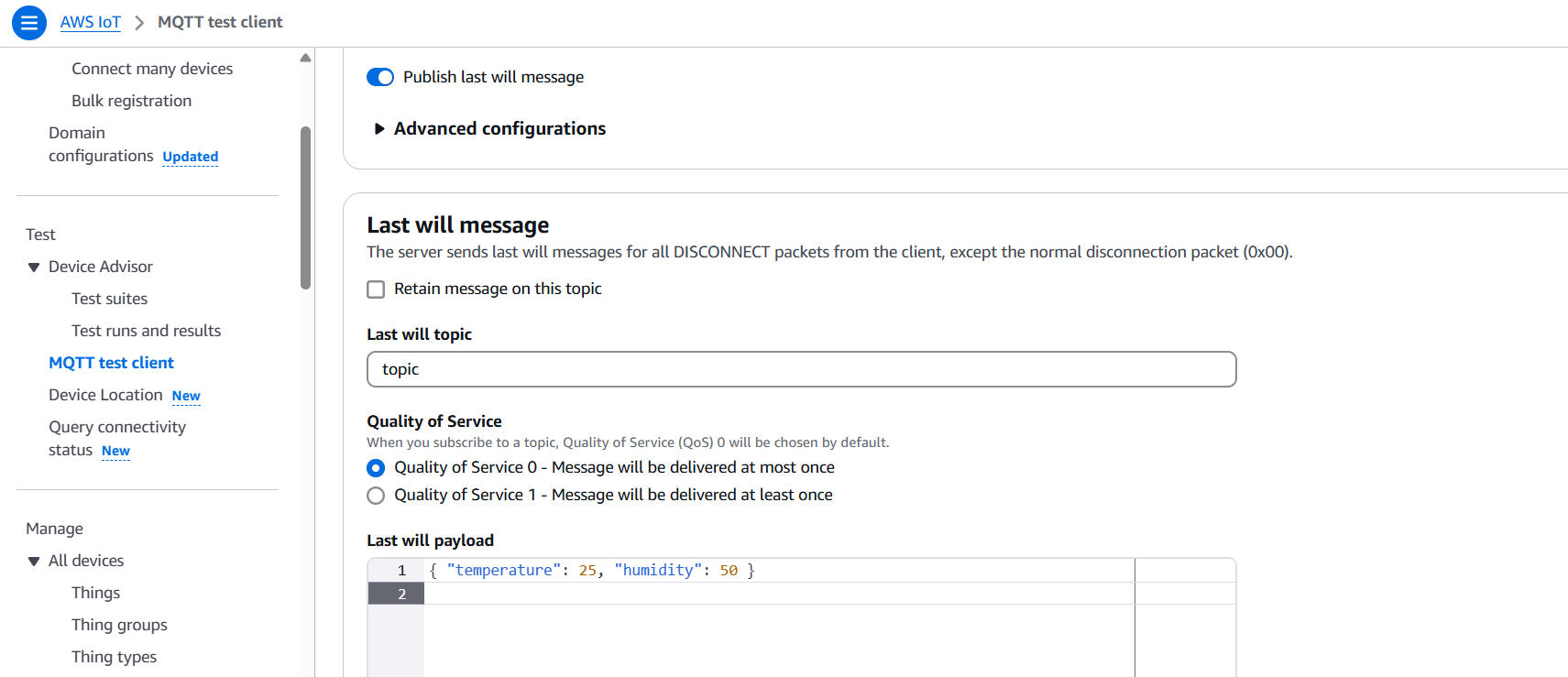
Conclusion.
In conclusion, integrating AWS IoT Core with AWS Lambda offers a powerful, serverless approach to processing and responding to IoT device messages in real time. This setup allows developers to build intelligent, scalable, and event-driven applications without the complexity of managing infrastructure. By leveraging the MQTT protocol, the IoT Rules Engine, and Lambda’s event-based compute model, businesses can transform raw device data into actionable insights, trigger workflows, and seamlessly connect to other AWS services like DynamoDB, S3, and SNS. The flexibility, security, and cost-efficiency of this architecture make it ideal for a wide range of use cases — from smart cities and home automation to industrial monitoring and logistics. As the number of connected devices continues to grow, mastering this integration will be essential for developers and organizations looking to build the next generation of IoT solutions with speed, agility, and confidence.

Add a Comment